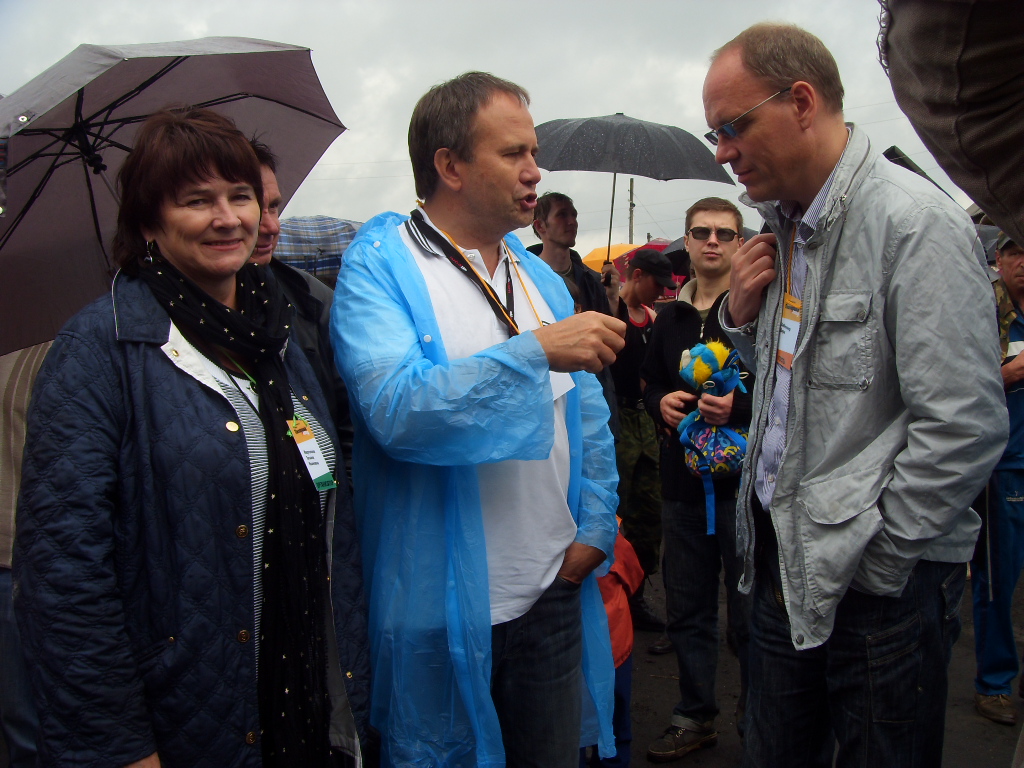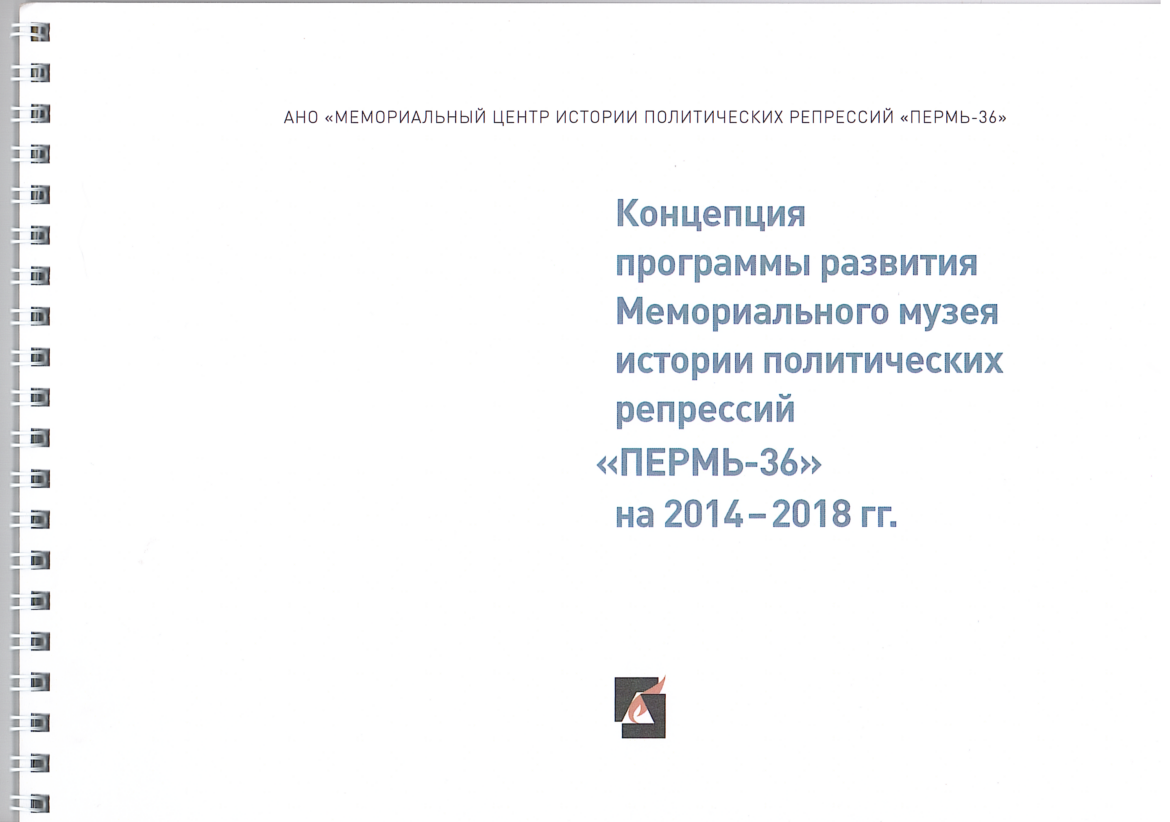Perm-36 Memorial Museum of History of Political Repression only came into its own due to a vast circle of assistants, partners, friend and mere sympathizers, and continuous, until 1992, support from the authorities of Perm Territory.
The first head of Perm Territory, Boris Kuznetsov supported establishment and functioning of Ural-GULAG, an independent research information center which studied the history of repression and political camps in Perm territory for two yearsт, prepared a conservation/restoration program for the former Perm-36 camp, and established the Memorial Museum of History of Political Repression there.
As the museum evolved, an unmatched public-private partnership came into being.
In 1994, when the first museum-building entity, Perm-36 Memorial Museum of History of Political Repression Limited Liability Company (LLC) was registered, the Administration of Perm Region, along with Perm Division of Memorial, became its founder, on personal order from the Governor, Gennady Igumnov.
In 2001, when the LLC was restructured into Perm-36 Memorial Museum of History of Political Repression Autonomous Non-for-Profit Organization (ANO), the Administration of Perm Territory once again became its cofounder on order from the Governor, Yuri Trutnev.
Oleg Chirkunov’s initiatives as the Governor aimed to get the museum go all-new and global.
Within the partnership, the Government of Perm Territory kept on owning the former cap’s entire immovable property thus being able to co-finance the restoration and current maintenance of the museum from the regional budget while the ANO raised extrabudgetary funds for research/collecting activities, creation of exhibits and exhibitions, design arrangement.
Establishment and development of the museum was greatly contributed to by its core group: the Museum’s Council and Board comprised A.I. Solzhenitsyn, V.P. Astafyev, A.I. Ginzburg, S.A. Kovalyov, L.M. Timofeyev, A.K. Simonov, A.B. Roginsky, A.Yu. Daniel, hundreds and hundreds of the museum’s friends helped it a lot by putting their talents, energy and souls into it.
Development Program of the Perm-36 Memorial Museum
Back in the first ten years, Perm-36 Memorial Center of History of Political Repression partnered with Ralph Appelbaum Associates (RAA), one of the world’s leading museum design companies which created over two hundred museums across the world. The founder and president of RAA, Ralph Appelbaum regards the Holocaust, nuclear bombardment of Japan and GULAG as humankind’s greatest disasters, his company built several Holocaust museums and museums exhibits, including the world-famous Holocaust Memorial Museum in Washington, the Peace Museum in Hiroshima dedicated to nuclear bombardment of that city, the Memorial Prison Museum in Robben Island in Capetown, and was very eager to create a GULAG museum.
Several meetings between the Memorial Center’s staff and the RAA representatives resulted in a draft concept of further museumization of the former Perm-36 camp and establishment of the GULAG museum which was submitted to the regional governor, Oleg Chirkunov by representatives of RAA and Perm-36 Memorial Center in 2011 году. The Governor approved it, and decided the new stage of negotiations for discussing the design proposal and signing the design contract to be held in May, 2012.
RAA designed such a proposal. The project provided for the exhibits to be designed stage by stage and built within five years. Arseny Roginsky, the President of Memorial International Society and Anne Applebaum who won a Pulitzer Prize for the ‘GULAG’ book agreed to act as academic advisers for the project, Ralph Appelbaum, the RAA President as the supervisor.
In early May, 2012, the Governor was replaced so the Memorial Center agreed on the new negotiation date with the new Governor via his assistant. However, when the RAA team headed by the company’s Vice President, Ralph Appelbaum and Perm-36 Memorial Center’s managers arrived to the negotiations at the set time, the Governor refused the meeting, and told via his secretary that this topic is ‘off the table’ to him.
The guard barracks of Perm-36 camp the Memorial Museum received in 2011 were to be restructured into the museum’s project center comprising hotel facilities, a boardroom and classrooms. Thus it could be used to hold European-level workshops and schools involving leading Russian and European experts and specialists in civil society development, local governance, journalism, as well as to arrange vocational training of teachers of history and museum staff in the most challenging aspects of the country’s XX-cent. history, etc.
Yelena Nemirovskaya, the founder and director of the Moscow School of Political Studies guided its specialists as they began developing content, curricula and syllabi in four fields: ‘Civil Organizations and Civil Activists’, ‘Local parliaments’, ‘Local Governments’, ‘MM and Civil Society’ for the museum.
Other premises the museum received in 2011 were to be converted into a service center and extra showrooms.




